50 Years Later, You’re Still 'Gonna Make It After All'
The TV show open that made Minneapolis.

This fall TV season marked the 50 anniversary of the premiere of the Mary Tyler Moore Show on CBS. The series belongs in the pantheon of sitcoms for a range of reasons, chiefly the indelible charm and presence of the late Mary Tyler Moore. Her role and the show's storylines are an early success of the Bechdel Test, cartoonist Alison Bechdel’s clever rubric that measures whether or not women's narratives are de-centered from those about men. But another unique achievement notched by the series is that the story of TV news producer Mary Richards was set in the northern berg of Minneapolis. For that reason, it has a special place in the hearts and memories of Minnesotans.
The connection, however, doesn’t come as much from the weekly episodes, which aren’t often linked to the city. Rather, our 50-year love affair with the Mary Tyler Moore Show, and its lasting legacy for many, is based on the show’s opening sequence, which is as much a celebration of Minneapolis as it is of Mary.
As a GenXer who grew up in the seventies, I was much more likely to turn the dial on our black-and-white Zenith TV set to my S-shows: Six Million Dollar Man, Star Trek or Starsky & Hutch. But I certainly appreciate – and will attempt to offer an appreciation for - Mary Tyler Moore and her show's stunning opening sequence.
Love is all around
The earnest and emotional power of this minute-long "movie" comes from the theme song performed by Sonny Curtis. The ditty is of its time: an easy-listening, groovy orchestral ode to hope and bittersweet beginnings.
The first season, and first excerpt of the song, begins with a question for the emergent young woman, "How will you make it on your own?" A breakup? Leaving the safe confines of a father's home? Proto-gas lighting? This verse whiffs of patriarchy now and likely then, too, as it was swapped out the following season for the more winsome, and now iconic verse, "who can turn the world on with her smile."
The groovy, seventies FM radio track has been covered by the likes of Joan Jett and local rockers Husker Du. But the music truly becomes ascendent when illustrated by the Mary-in-Minneapolis montage. That tableau was, at the time, a snapshot of a "modern woman" in America. A half century later, it’s an effervescent, animated postcard of a Minneapolis located somewhere between reality and reverie.
You can have the town, why don’t you take it?
There were several versions of the opening over the course of the show’s near decade run, well described in the show’s Wikipedia pages. A few elements of the sequence are worth pressing pause on.
A City of Lakes
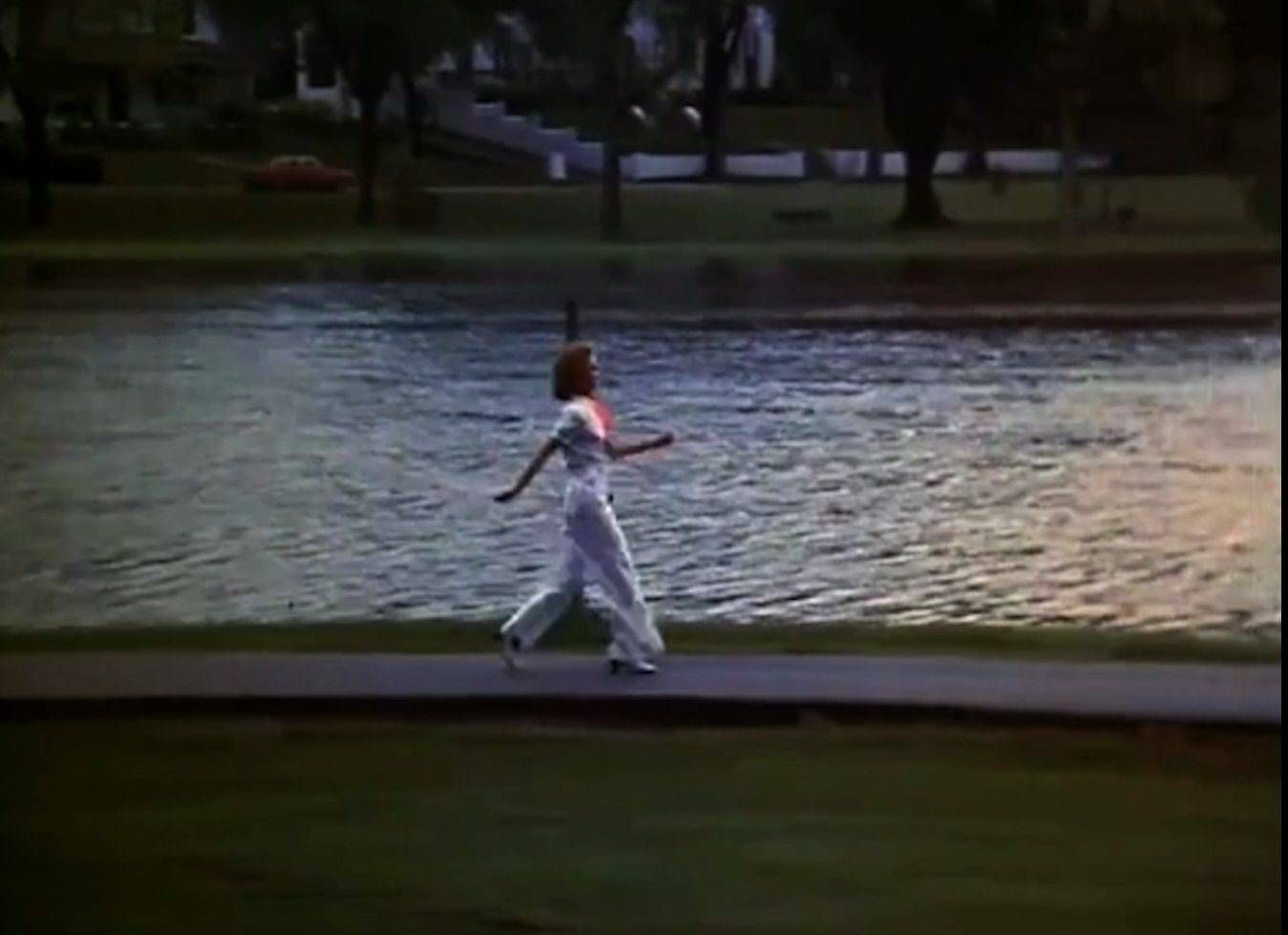
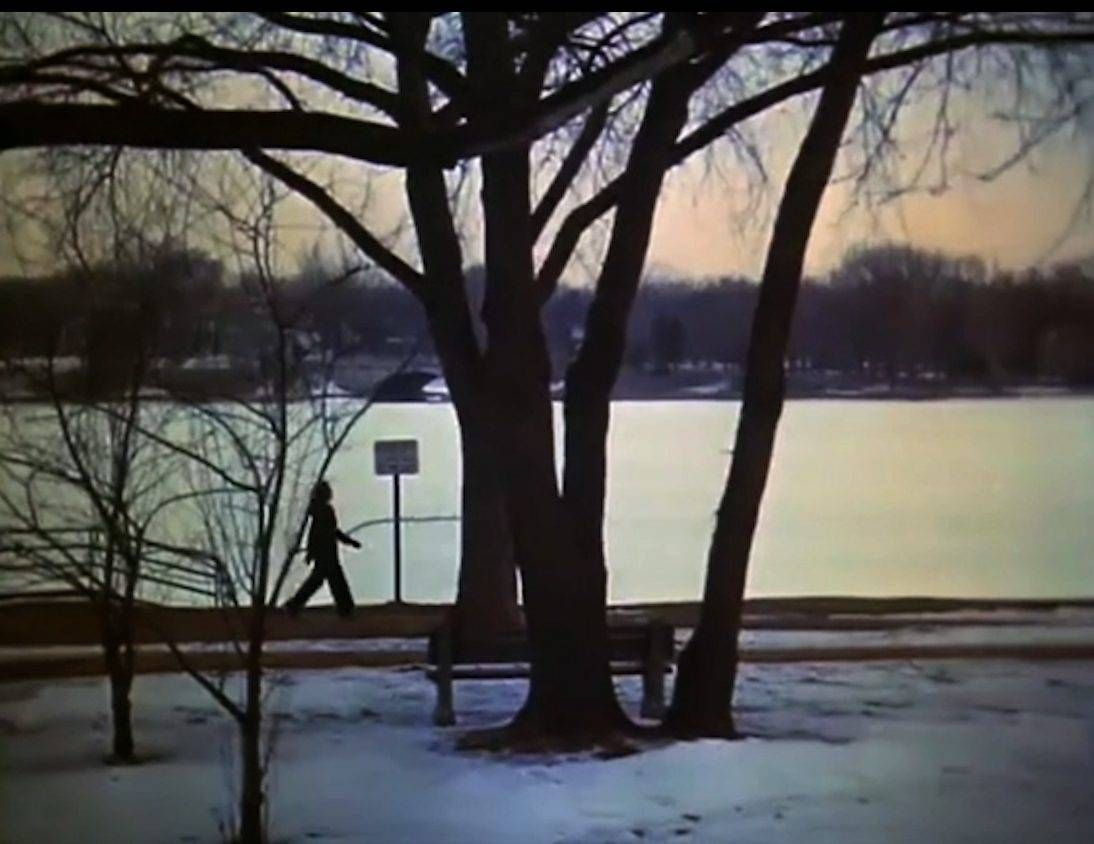
Mary was a lady of the lakes. All of the versions of the open take full advantage of the City of Lakes’ most photogenic side. Mary treads Lake of the Isles in several set-ups and, in a rare bit of Hollywood accuracy, this keeps her in her ‘hood as it’s close to the Kenwood home that was filmed for the exteriors of her residence.
The Iconic IDS
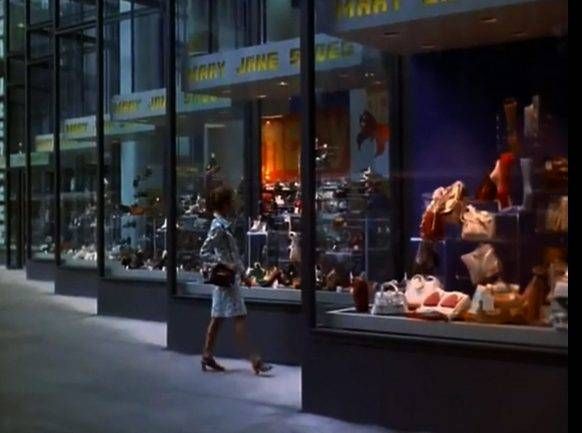

Like Mary, the IDS Building would become an icon of Minneapolis. No surprise, then, that most versions of the open include moments in and around the Crystal Court, the IDS building’s glass-enclosed commons. There's also a take of Mary in a connecting skyway, another Minneapolis must-have setting.
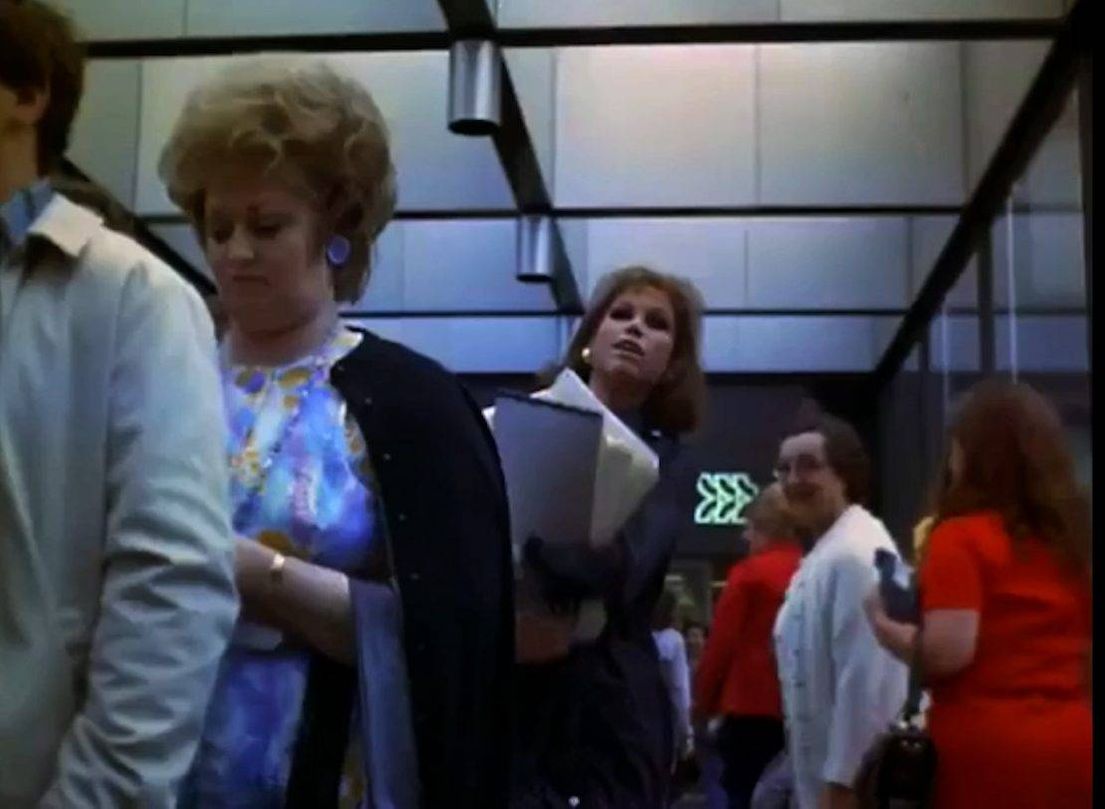
Skol, 70s-Style
Throughout the mid- and late-seventies opens, Mary is seen washing her car wearing the purple football jersey of the Minnesota Vikings HOF-er Fran Tarkington. Although one of the best NFL teams of the seventies, the Vikings, like Mary, they are still looking forward to ‘making it after all’… To a Super Bowl title in their case.
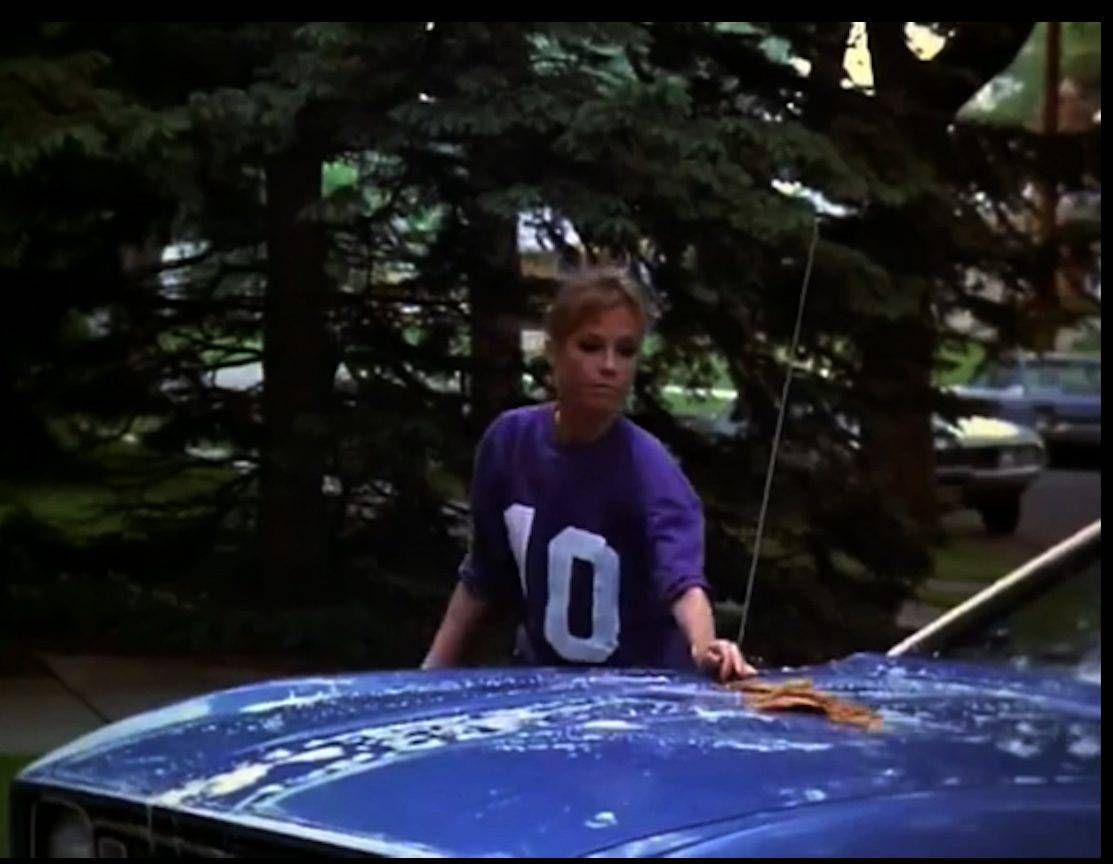
Two Degrees of Separation
As the opens were filmed in Minneapolis, there are inevitably people who spot a friend, recognize a coworker or point out a relation. In one shot, Mary crosses a street with a group of school kids under the protective flag of a young crossing guard. There was a rumor that the cherubic crossing guard with the bushy blonde locks and glasses was a kid from my school. Probably not, but it's been fun wondering, "Is that Gilbert?" for the the last several decades.

Not suited for the North?
One version of the open features snowy Minneapolis in lovely set shots. It also feels more Madison Avenue, playing up the actress's model-like presence. She looks stunning as she twirls her purse on a wintery walk and jaunts across the street in a couture coat-skirt combo. But I think few real Minnesota women would try to get through one of our mini ice ages in such a get-up.

It’s you, girl, and you should know it
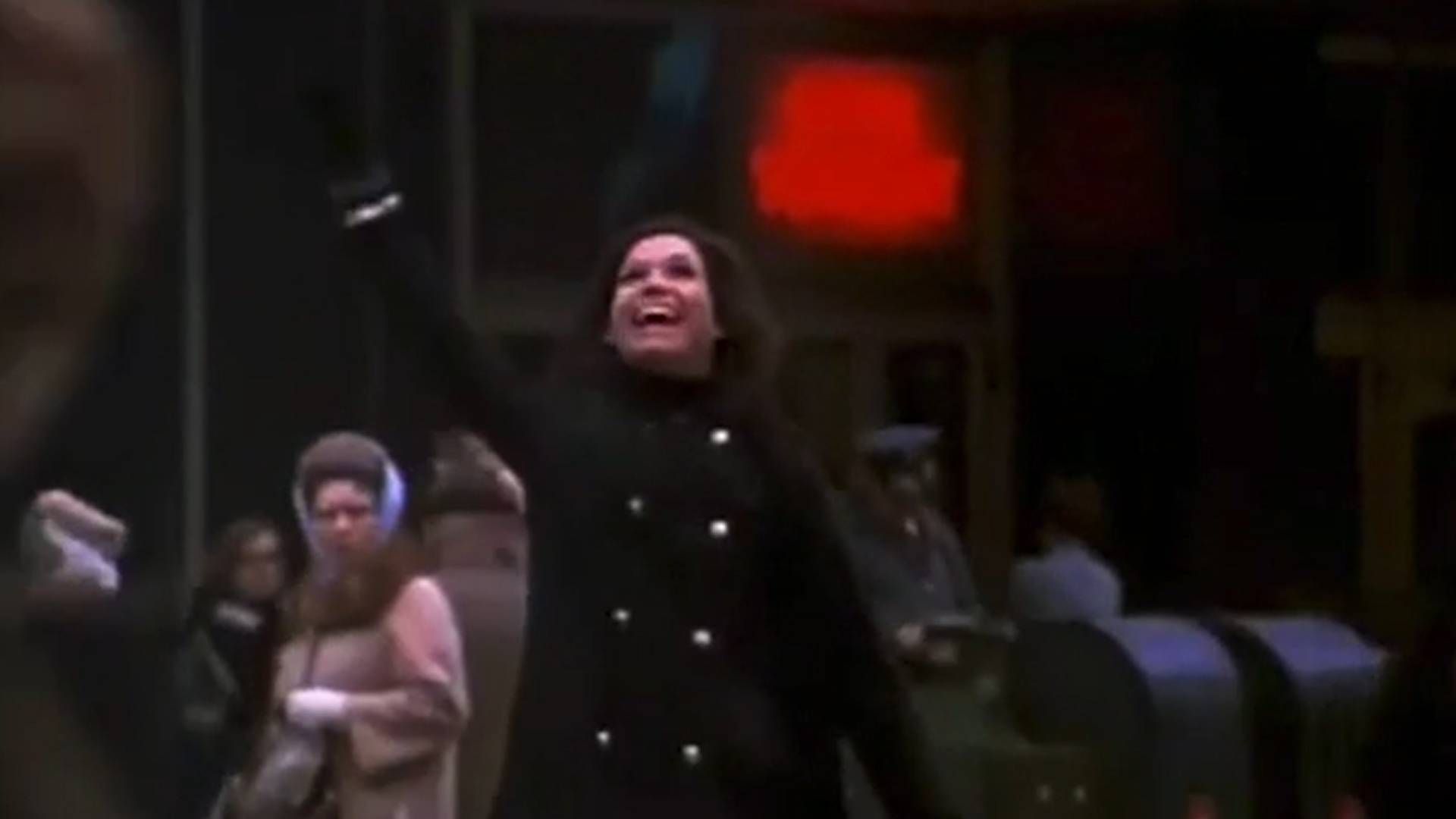
Of course, the Mary Tyler Moore Show open doesn’t depict the smoldering Minneapolis of the early seventies that was rocked by anti-war protests, urban uprisings, and the pall of creeping conflict ushered in by "law and order" cop-turned-Minneapolis-mayor Charles Stenvig. But in a healthy step towards TV inclusion, Mary’s fictional WJM newsroom included Gordy, an African-American weatherman played by Roots and Good Times star James Amos. Interestingly, in the real Twin Cities, African-American "weathergirl" Toni Hughes was a part of the increasing diversity in broadcast media led by legendary reporter Lou Harvin.
After 50 years, the title sequence retains its unique dream-power - perhaps even more today than yesterday. The sense of aspiration and empathy that is meant to motivate Mary also offered promise to the Baby-Boomer women in that era and audiences beyond. The you in "you’re gonna make it after all" is us. Especially Minnesotans.
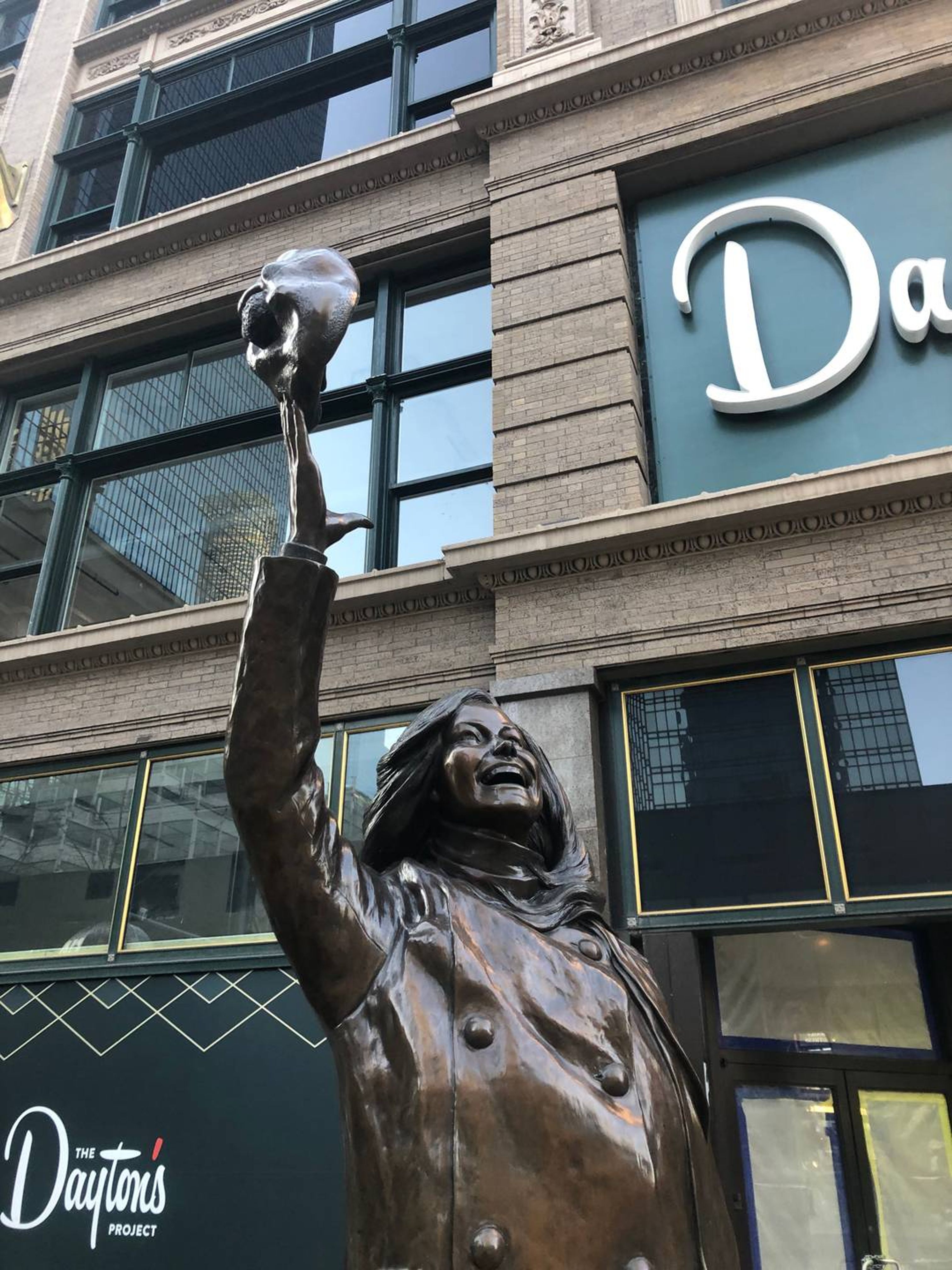
Who can take a nothing day, and suddenly make it all seem worth while
My aunt Margie was a peer to her mythical Minneapolis neighbor, Mary Richards. As a child, I recall remarking to her that she reminded me of Carol Burnett; the association to the multi-talented TV comedian was clearly meant as high praise. Auntie Marge accepted the compliment from her young nephew, but mused, "I’d rather you say I remind you of Mary Tyler Moore!"
This past spring, we lost our aunt after a long illness. The Mary Tyler Moore Show theme song worked its way into my mind as I thought of her in those days. And now the minute-long allusion to a strong, striving, ever-supportive, caring woman is forever linked to the memory of my aunt.
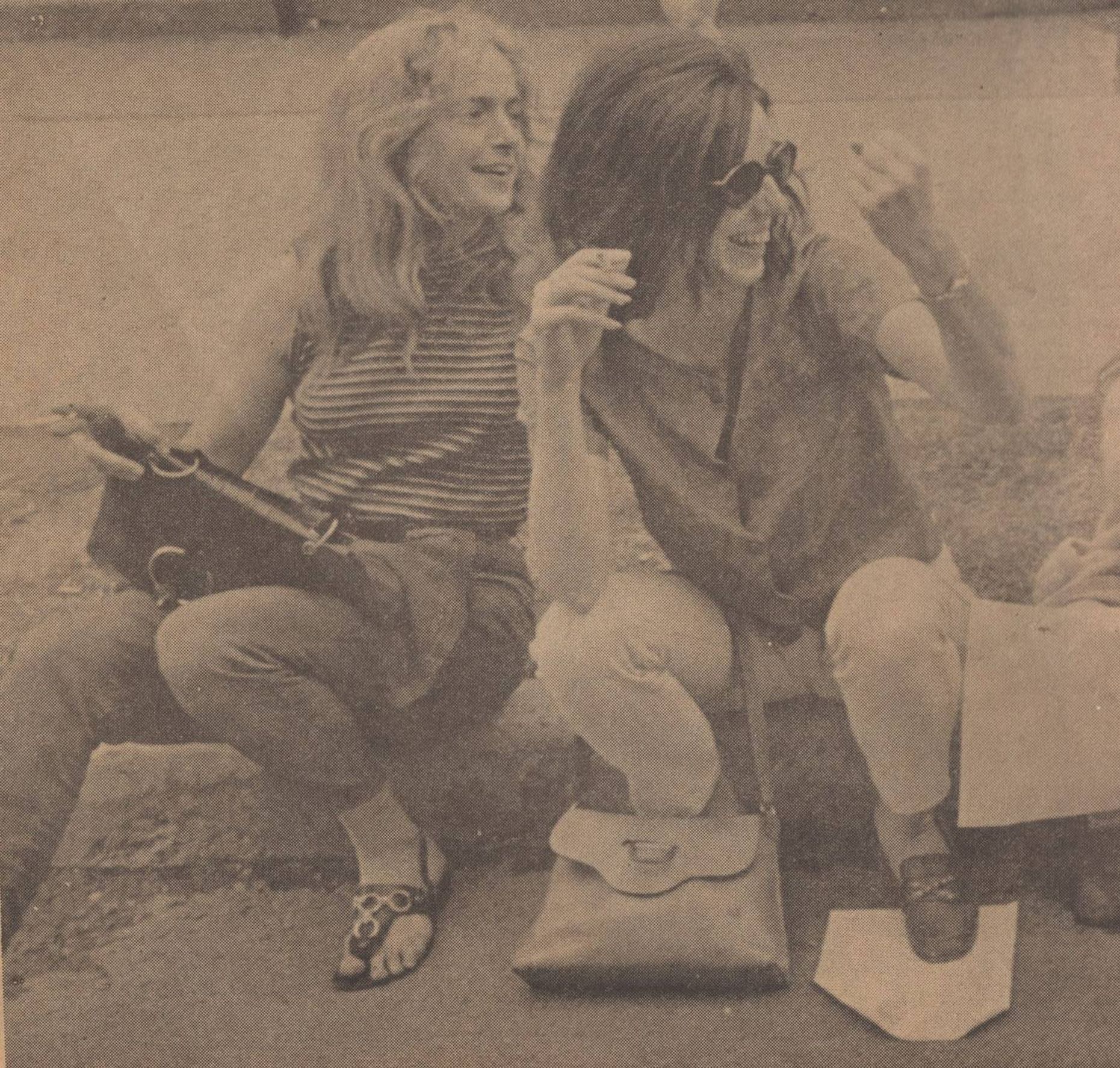
As 2020 thankfully draws to a close, the statue of Mary stands on an eerily, empty Nicollet Mall. The virus has chased all the Hazels out of downtown Minneapolis. As Minnesotans hunker down for what looks to be a grim winter, we can look ahead, past the pandemic, knowing that, as the famous, final lyrics of the show intro call out, we’re gonna make it after all.

This story is made possible by the Arts and Cultural Heritage Fund and the citizens of Minnesota.
What Minneapolis home helped create a well-known television memory? Hint: Try tossing your hat in the air. Discover more about that Kenwood home featured in the Mary Tyler Moore Show in this episode of 30-Second Minnesota.
An icon of American - and Minnesota - literature, Laura Ingalls Wilder looms large in the imaginations of so many young readers. But her Little House on the Prairie books also depict Native and Black Americans as less-than-human tropes rooted in racism and stereotype. So what do we do today with her legacy?
